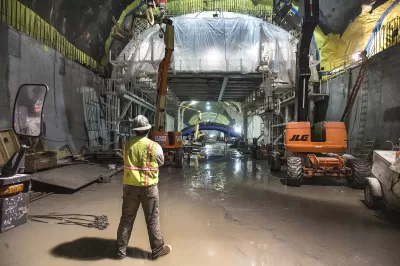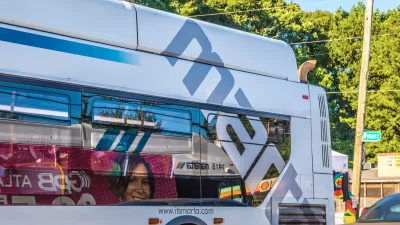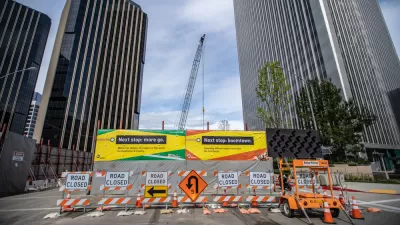Why isn't more being done to reduce transit construction costs in the United States?

Alex Tabarrok follows on a slide deck by Alon Levy [pdf] to examine possible answers to a big question facing transit planners and engineers: Why don't we know more about why transit investments cost so much in the United States?
Tabarrok voices skepticism about one point raised specifically by Levy—that "GDP per capita is not a big factor once differences in type of subways are accounted for…"—but doesn't elaborate on that skepticism.
Here is Tabarrok's key series of questions, which also happens to be extremely relevant for the Planetizen audience (which includes both planning researchers and professional practitioners): "…isn’t it weird that a Patreon supported blogger has done the best work on comparative construction costs mostly using data from newspapers and trade publications? New York plans to spend billions on railway and subway expansion. If better research could cut construction costs by 1%, it would be worth spending tens of millions on that research. So why doesn’t the MTA embed accountants with every major project in the world and get to the bottom of this cost disease?
FULL STORY: Why Don’t We Know More About the Subway Cost Disease?

Alabama: Trump Terminates Settlements for Black Communities Harmed By Raw Sewage
Trump deemed the landmark civil rights agreement “illegal DEI and environmental justice policy.”

Planetizen Federal Action Tracker
A weekly monitor of how Trump’s orders and actions are impacting planners and planning in America.

The 120 Year Old Tiny Home Villages That Sheltered San Francisco’s Earthquake Refugees
More than a century ago, San Francisco mobilized to house thousands of residents displaced by the 1906 earthquake. Could their strategy offer a model for the present?

Opinion: California’s SB 79 Would Improve Housing Affordability and Transit Access
A proposed bill would legalize transit-oriented development statewide.

Record Temperatures Prompt Push for Environmental Justice Bills
Nevada legislators are proposing laws that would mandate heat mitigation measures to protect residents from the impacts of extreme heat.

Downtown Pittsburgh Set to Gain 1,300 New Housing Units
Pittsburgh’s office buildings, many of which date back to the early 20th century, are prime candidates for conversion to housing.
Urban Design for Planners 1: Software Tools
This six-course series explores essential urban design concepts using open source software and equips planners with the tools they need to participate fully in the urban design process.
Planning for Universal Design
Learn the tools for implementing Universal Design in planning regulations.
Clanton & Associates, Inc.
Jessamine County Fiscal Court
Institute for Housing and Urban Development Studies (IHS)
City of Grandview
Harvard GSD Executive Education
Toledo-Lucas County Plan Commissions
Salt Lake City
NYU Wagner Graduate School of Public Service





























